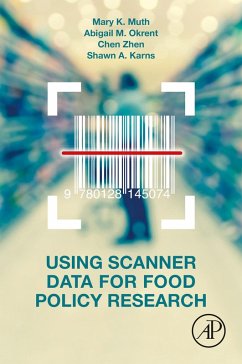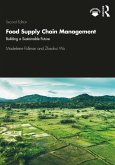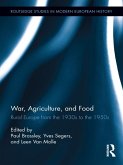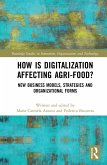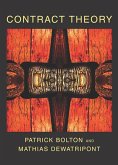Using Scanner Data for Food Policy Research is a practitioners' guide to using and interpreting scanner data obtained from stores and households in policy research. It provides practical advice for using the data and interpreting their results. It helps the reader address key methodological issues such as aggregation, constructing price indices, and matching the data to nutrient values. It demonstrates some of the key econometric and statistical applications of the data, including estimating demand systems for policy simulation, analyzing effects of food access on food choices, and conducting cost-benefit analysis of food policies.
This guide is intended for early-career researchers, particularly those working with scanner data in agricultural and food economics, nutrition, and public health contexts.
This guide is intended for early-career researchers, particularly those working with scanner data in agricultural and food economics, nutrition, and public health contexts.
- Describe different types of scanner data, the types of information available in the data, and the vendors that offer these data
- Describe food-label data that can be appended to scanner data
- Identify key questions that researchers should consider when acquiring scanner and label data for food policy research
- Demonstrate how to use scanner data using tools from econometric and statistical analyses, including the limitations in interpreting results using the data
- Describe and resolve key methodological issues related to using the data to facilitate more rapid analyses
- Provide an overview of published literature as background for designing new studies
- Demonstrate key applications of the data for food policy research
Dieser Download kann aus rechtlichen Gründen nur mit Rechnungsadresse in A, B, BG, CY, CZ, D, DK, EW, E, FIN, F, GR, HR, H, IRL, I, LT, L, LR, M, NL, PL, P, R, S, SLO, SK ausgeliefert werden.

